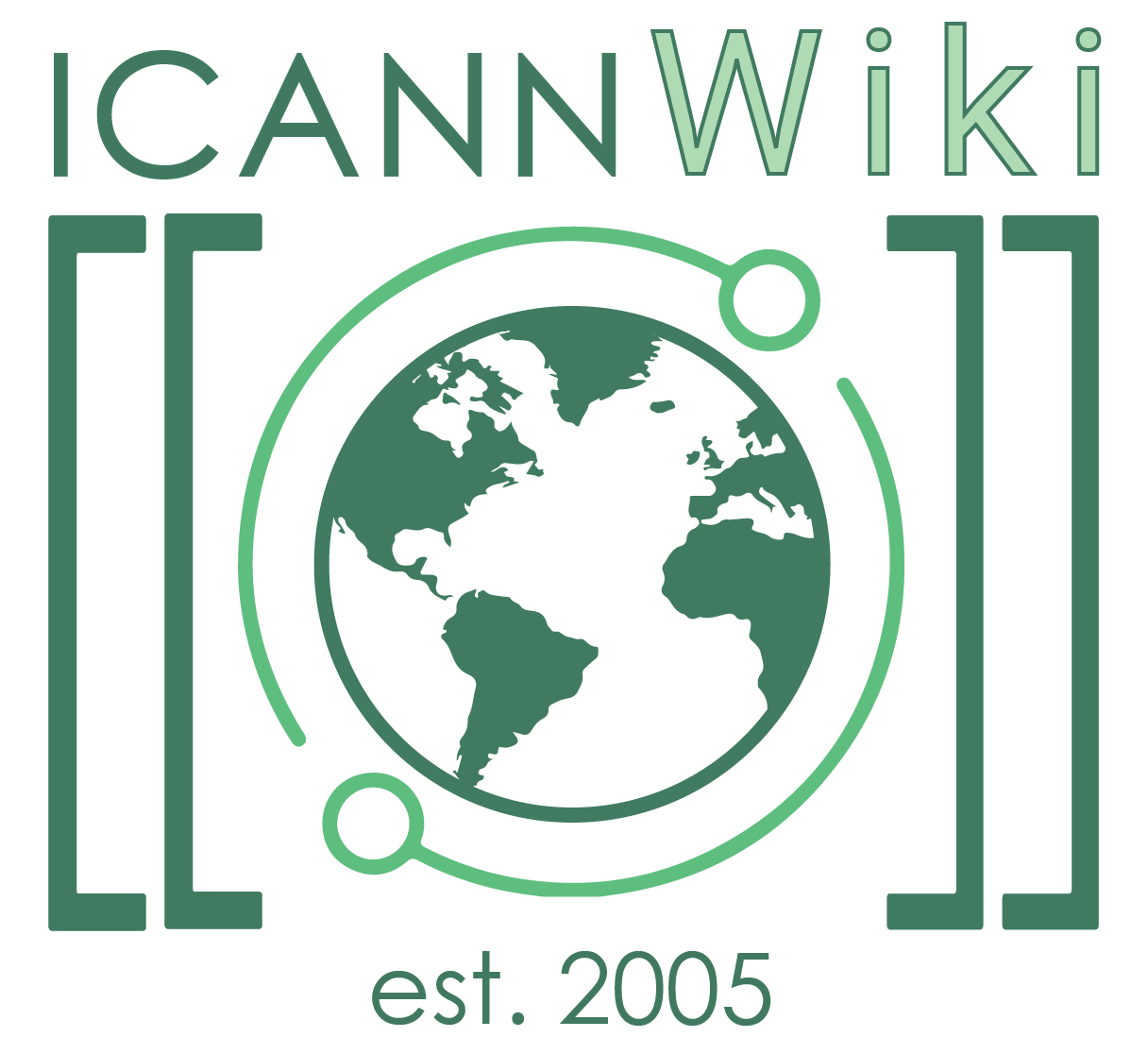.samsclub
| gTLD | |
|---|---|
| Type | gTLD |
| Subtype | dotBrand |
| Status | Proposed |
| Registry | Verisign |
| Find out more: | |
.samsclub is a Brand TLD being proposed in ICANN's New gTLD Program. The applicant is Wal-Mart Stores, Inc.[1]
Application Excerpts[edit | edit source]
The following is excerpted from the applicant's response to question #18:
Wal-Mart Stores, Inc. (ʺWalmartʺ) serves customers and members more than 200 million times per week around the world. Walmartʹs mission and founding principle is ʺsaving people money to help them live better,ʺ and Walmart has been recognized as a leader in sustainability, philanthropy, and employment opportunity. In the U.S., Walmart operates more than 4,400 retail facilities, including Walmart Stores and Samʹs Club warehouses. Walmart International operates more than 5,200 retail units in 27 countries outside the U.S. Walmart.com has been known for bringing the convenience, quality merchandise, and low prices of Walmart to the Internet. Walmart content is accessible in multiple TLDs, including the .COM, .NET, and .ORG gTLDs, and the .CA, .CO.UK, and .US ccTLDs.
Samʹs Club takes the concept of ʺquality, name-brand merchandise at exceptional pricesʺ to a higher level. Samʹs Club has nearly 600 locations, and these are not only terrific places to save money, but also destinations for solutions that can help ease a busy schedule. Whether stocking a pantry or a business, selecting new electronics or getting ready for a party, Samʹs Club Members count on Samʹs Club as their source for the products and services they need to keep things running smoothly. Since its inception in 1983, Samʹs Clubʹs operating philosophy has remained the same – to work hard to be the buying agent for its Members, and deliver upon this agreement by eliminating unnecessary costs and maintaining a simple shopping environment.
In recent years, Walmart has invested heavily in global eCommerce in order to reach more customers. In 2010, Walmart consolidated its eCommerce activities around the world in a Global eCommerce Division with three goals: 1) Develop and execute a global eCommerce strategy; 2) Accelerate global online channel growth; and 3) Create technology platforms and applications for every Walmart market. Walmart understands the impact that changing technology has had on retail and has dedicated eCommerce platforms around the world; the investments made in these platforms are helping to accelerate Walmartʹs growth in other markets. Samʹs Club passes the savings on to the more than 47 million Members who shop at its Clubs and on SamsClub.com, simplifying their shopping so that their everyday lives benefit, too.
The intended future mission and purpose of the .SAMSCLUB gTLD is to serve as a trusted, hierarchical, and intuitive namespace for the benefit of Samʹs Clubʹs Members and Internet users in general. Walmart will be the entity to bring the .SAMSCLUB gTLD to market and is also applying for .WALMART, .ASDA, and .一号店 (the Walmart family of gTLDs).
Although ICANN has not specifically recognized a .BRAND gTLD specification in the current version of the Applicant Guidebook, it is widely anticipated within the brand owner community that this will become a specialty subset of new gTLDs. The .SAMSCLUB gTLD was planned as a .BRAND gTLD, with the goal of protecting Samʹs Clubʹs online presence and identity, expanding its marketing and promotional efforts, providing a secure channel for products and information online, and offering a platform on which to consolidate many of its intellectual property activities.
Walmart intends to initially limit registration and use of domain names within the .SAMSCLUB gTLD to Walmart, Samʹs Club and Walmart’s qualified subsidiaries and affiliates. This initial use will allow Walmart to establish its operations and achieve full sustainability. This limited distribution, coupled with the other requirements set forth in Specification 9 of the template Registry Agreement, is intended to exempt Walmart from its annual Code of Conduct Compliance requirements.[2]
References[edit | edit source]
ICANNWiki resources: Special Pages | Content Guide | Documentation | Development || Maintenance: Articles needing attention | Candidates for deletion || Projects: Internet & Digital Governance Library
